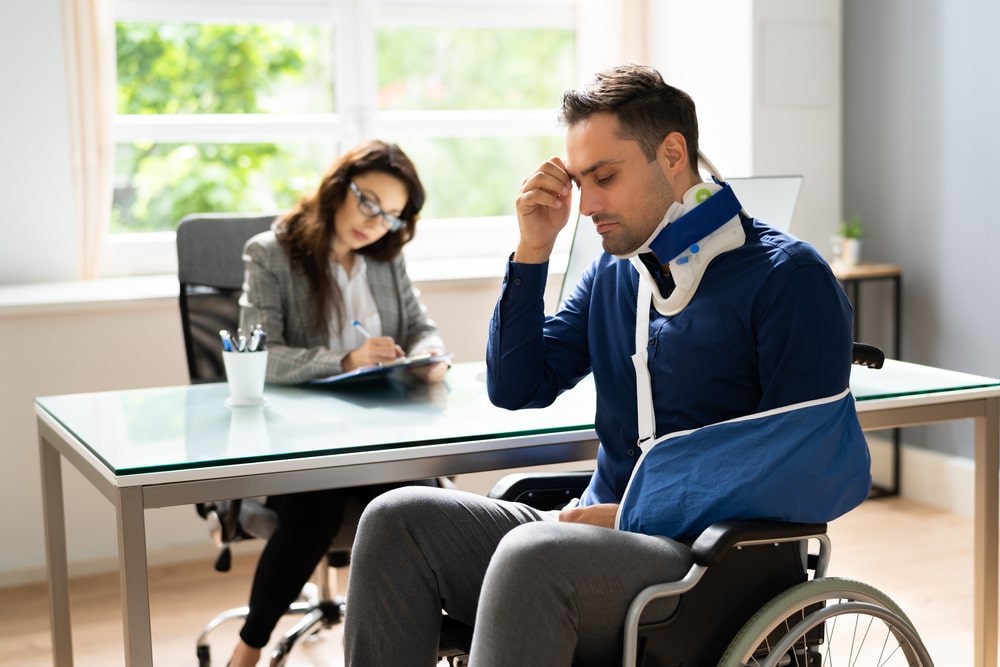Winning a personal injury case typically requires presenting compelling evidence to establish several key elements of the claim. While the specific evidence needed may vary depending on the circumstances of the case, here are some common types of evidence that can strengthen a personal injury claim as told by a personal injury lawyer:
1. Documentation Of The Incident:
- Accident reports filed by law enforcement or relevant authorities.
- Photographs or videos of the accident scene, including any property damage or hazardous conditions.
- Witness statements corroborating the events leading to the injury.
2. Medical Records And Documentation:
- Medical records detailing the nature and extent of the injuries sustained.
- Diagnostic test results (e.g., X-rays, MRIs) confirming the injuries.
- Treatment plans, medication prescriptions, and rehabilitation protocols prescribed by healthcare providers.
- Expert medical opinions regarding the causation and long-term effects of the injuries.
3. Proof Of Damages:
- Documentation of medical expenses, including bills, invoices, and receipts.
- Records of lost wages or income due to the injury, such as pay stubs or employer statements.
- Evidence of other financial losses incurred as a result of the injury, such as property damage or out-of-pocket expenses.
4. Witness Testimony:
- Testimony from witnesses who observed the accident or its aftermath.
- Expert testimony from professionals in relevant fields, such as accident reconstruction experts or medical specialists, to provide insights into liability or the extent of the injuries.
5. Documentation Of Pre-existing Conditions:
- Medical records documenting any pre-existing injuries or medical conditions relevant to the case.
- Expert medical opinions establishing the relationship between the pre-existing conditions and the injuries sustained in the accident.
6. Correspondence And Communication:
- Written correspondence, emails, or text messages related to the accident or subsequent communications with insurance companies, healthcare providers, or other relevant parties.
- Recorded statements or admissions made by the at-fault party regarding their liability or negligence.
7. Physical Evidence:
- Objects or items involved in the accident, such as damaged vehicles, defective products, or hazardous conditions on the premises.
- Clothing or personal belongings that may provide evidence of the severity of the injuries sustained.
8. Eyewitness Accounts:
- Testimony from individuals who witnessed the accident firsthand and can provide insights into the events leading up to the injury.
9. Demonstrative Evidence:
- Visual aids, diagrams, or simulations illustrating the sequence of events leading to the injury or the extent of the damages suffered.
10. Surveillance Footage Or Documentation:
- Surveillance footage from nearby cameras capturing the accident or its aftermath.
- Documentation from businesses or establishments in the vicinity of the accident that may have recorded relevant footage.
By gathering and presenting compelling evidence in support of the personal injury claim, plaintiffs can strengthen their case and increase the likelihood of a favorable outcome, whether through settlement negotiations or trial proceedings according to The Law Offices Of Andrew Lynch. Working closely with a qualified personal injury attorney can help ensure that the appropriate evidence is identified, preserved, and effectively presented to support the claim. If you or someone you love has been injured due to someone else’s negligence, contact a lawyer near you for help immediately.


